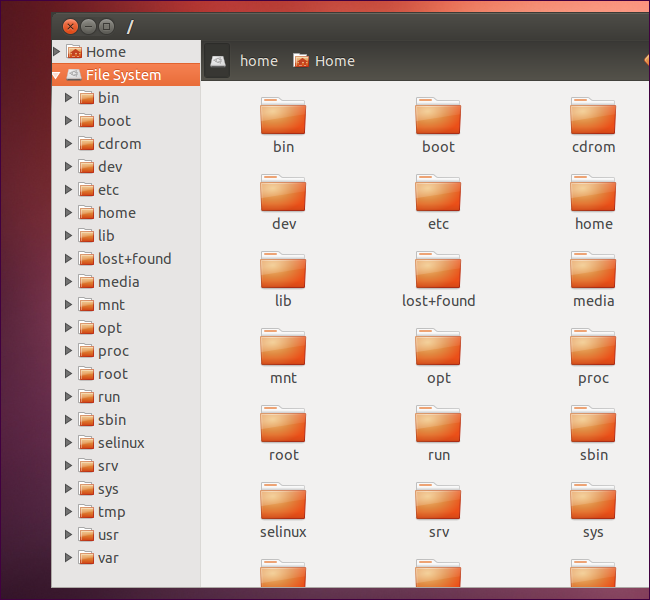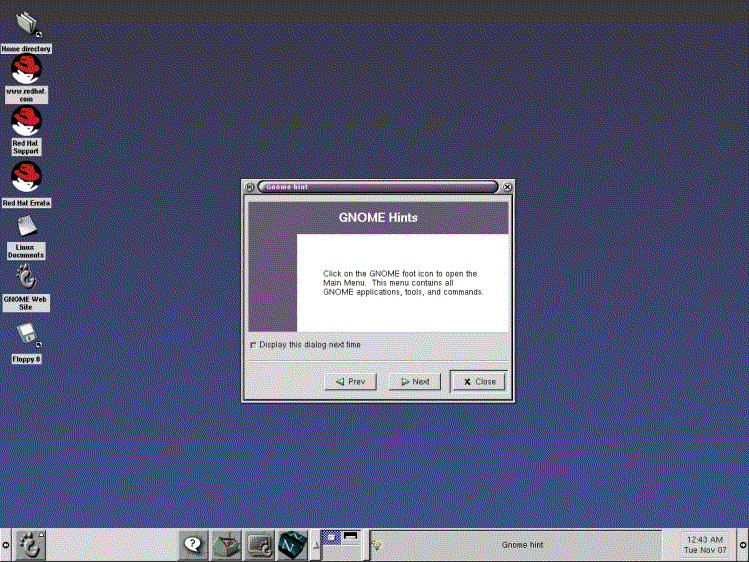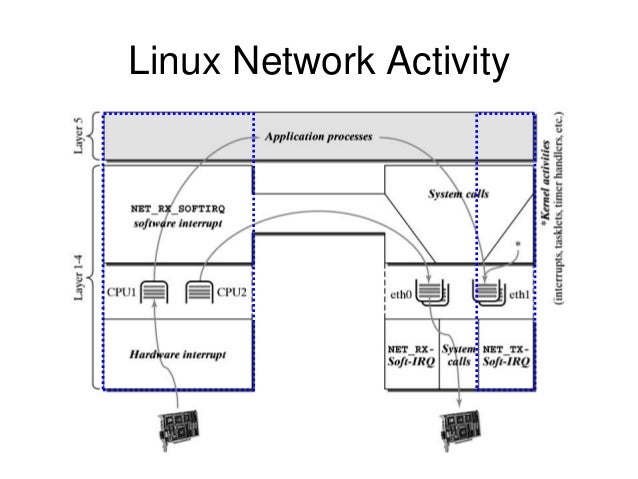
If not specified, the terminal keeps a buffer of 1024 lines (conversational mode only). These lines are available for paging/scrolling. Sets the number of buffered lines for the terminal. Sets the terminal to color support and optionally provides the default color map. Tn6530: connection string connects to the Telnet service (port 23) unless another port isĬreates a trace file containing all data exchanged with the host. The connection string is in generic URI format and can contain percent (%) escape characters. These keys provide an alternative to the 6530 Alt+F1 – Alt+F6 key combinations mapped to the F11 – F16 This key terminates the session and closes the tn6530 terminal. In addition, the following Calculated Keys are supported: (For compatibility Alt+F1 - F6 are mapped to F11-F16 as well) Supports the following 6530 keys in conversational mode:įunction keys F1-F16. (For compatibility Alt+F1 – F6 are mapped to F11-F16 as well)Ħ530 function keys: Alt + Up, Alt + Down, PgUp, Alt + PgUp, PgDn, Alt + PgDn The following 6530 keys are supported in protected block mode:įunction keys F1-F16. The terminal starts in conversational mode. The optionalĬred provides credentials for the SSH connection.Įmulates a TN6530-8 terminal with an 80x24 display. Key = value pairs, separated by an ampersand (&) character.

Options is a list of connection options in the form of Port is the terminal connection port number, and To connect to 6530 terminals, use one of the following connection strings:įor an SSH is the host name or IP address, This can be fixed by adding the path to a Truetype font in theĬ:\TerminalFonts\MyTerminalFont.ttf tn6530 terminals If a terminal connection is established with a host that uses characters that are not found in the bundled fonts, theĬharacters render as squares on the screen. Where XXX is a three-digit number for internal purposes. They are located at:ġ0.7.0\nativelib\hub\windows-x32\XXX\fonts The terminalsīundles several fonts for the terminals to render their screens. The terminals do not support mouse operations even though the Move Mouse and Click steps can be inserted. Service on your remote computer or create a device mapping in the Note that operators cannot be used as search terms: + - * : ~ ^ ' " (Example: port~1 matches fort, post, or potr, and other instances where one correction leads to a match.) To use fuzzy searching to account for misspellings, follow the term with ~ and a positive number for the number of corrections to be made.(Example: shortcut^10 group gives shortcut 10 times the weight as group.) Follow the term with ^ and a positive number that indicates the weight given that term. For multi-term searches, you can specify a priority for terms in your search.
#THE LINUX TN5250 PROJECT SOFTWARE#
(Example: title:configuration finds the topic titled “Changing the software configuration.”)

Type title: at the beginning of the search phrase to look only for topic titles.(Example: inst* finds installation and instructions.) The wildcard can be used anywhere in a search term.


#THE LINUX TN5250 PROJECT INSTALL#
The search also uses fuzzy matching to account for partial words (such as install and installs). If you type more than one term, an OR is assumed, which returns topics where any of the terms are found. The search returns topics that contain terms you enter.


 0 kommentar(er)
0 kommentar(er)
